Notes
This is a partially complete iron rim lock. From the 17th through the 19th centuries, rim locks were the most common form of door lock. They varied in size and complexity and were primarily produced in England until the 19th century. Unlike mortise locks where the locking mechanism is inserted into a door, the mechanism in rim locks are enclosed in a metal housing and attached to the surface of a door. This example is a simple version with a single deadbolt, no latch bolt, and it is small in size at only 5 inches long. The thin, “L” Shaped piece of the lock is part of the spring that would push the long, rectangular bolt into place. The simplicity of this lock suggests that it was used on in interior chamber door or a closet door during the early 18th century.
The presence of this lock and other lock and key fragments in the House for Families speaks to the residents’ claim of personal space and personal property. Whether the lock was used to secure a room or a closet, it shows that the enslaved residents of the House for Families valued personal belongings and/or personal space and the need to secure or protect them.
This lock looks very different today than when it was first excavated in 1985. Iron, unless it is coated or combined with other elements like carbon, can corroded, or rust, and become fragile when it is exposed to the air. When it was originally excavated this lock was heavily corroded and as a result, the front plate, the iron housing surrounding the mechanism, was greatly weakened and broke apart during conservation. However, the original shape and design of the lock is revealed and preserved in X-rays that were taken of the lock before it was conserved. The bright rectangle that surrounds the edge of the lock is the front plate that originally encased the lock. More of the internal mechanism of the lock was revealed through X-rays as well.
Object Type
Has it Been Conserved?
Yes
Where Was It Found?
Project Site: House for Families [more details]
Material
Manufacturing Technology
Form
Completeness
Date
Country of Origin
Dimensions
76.38mm x 19.77mm x 129.61mm (W x H x L)
Illustration shows object in comparison to the size of a quarter
Weight
278.1 gram(s)
Object Number
2521440
DAACS Number
2521440
Project: House for Families
The structure identified as the “House for Families” on the 1787 Vaughan plan likely housed the majority of the enslaved population living at the Mansion House Farm for much of the second half of the eighteenth century. The building was in existence from circa 1760 until it was demolished in late 1792 or early 1793. The archaeological evidence for the structure consisted of a brick-lined storage cellar (44FX762/40-47) measuring roughly six feet by six feet. Historically the cellar served as a handy trash receptacle once it ceased to be used for its original storage function, and through extensive excavation has yielded an extremely rich assemblage of household refuse. The analysis of these remains offers the opportunity to study important aspects of the daily lives of Mount Vernon's enslaved community.
See All Objects From this Dig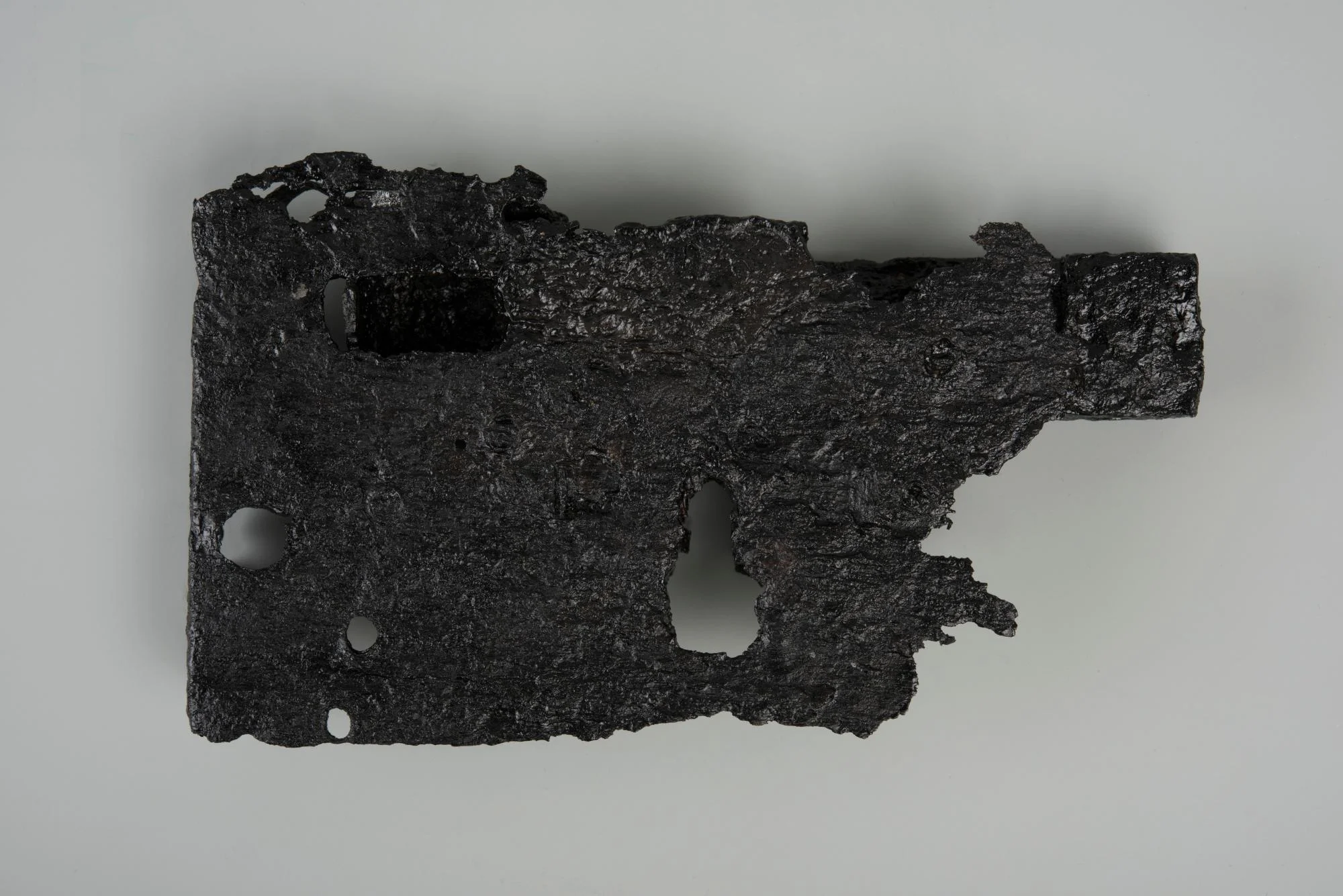
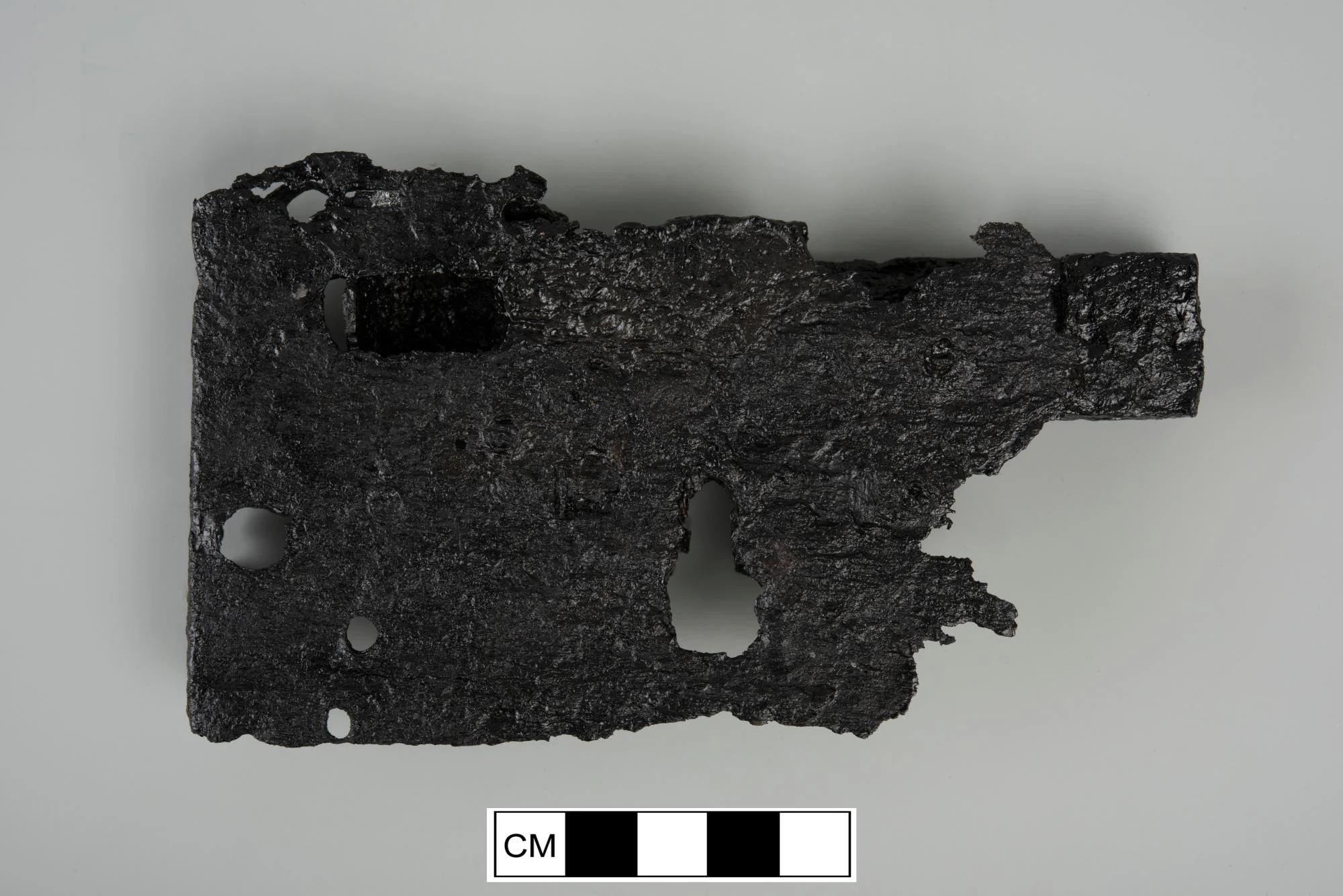
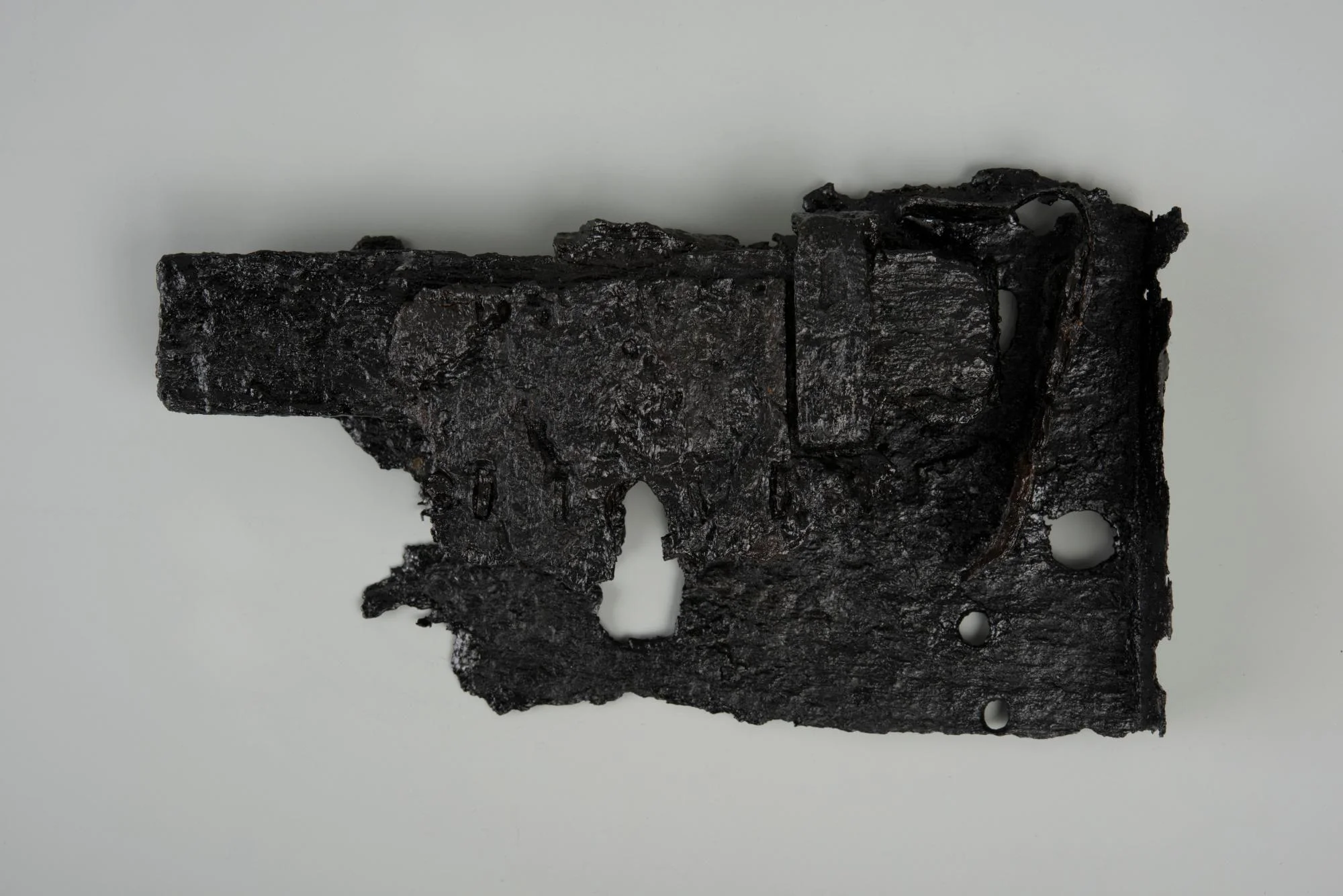
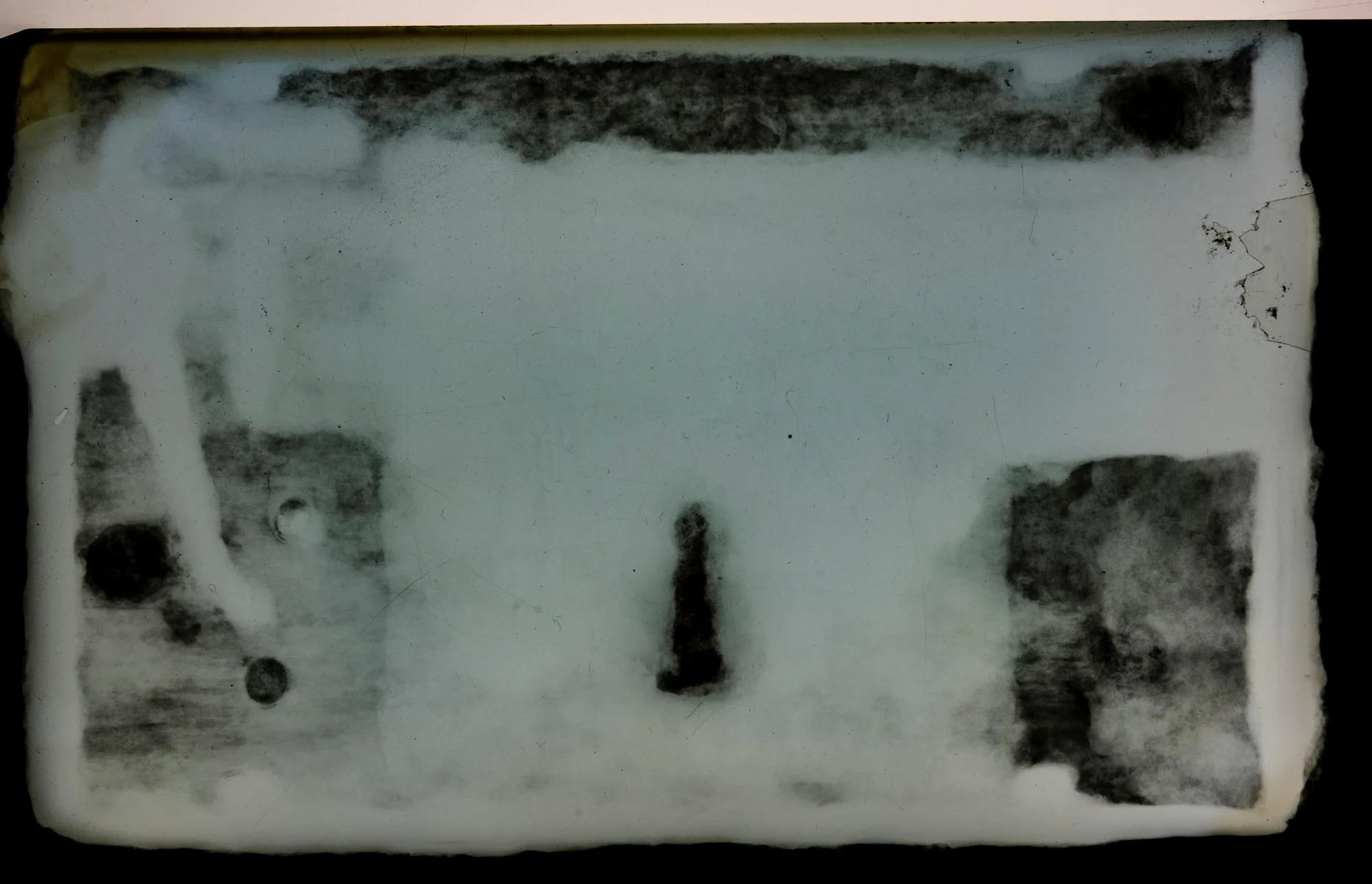

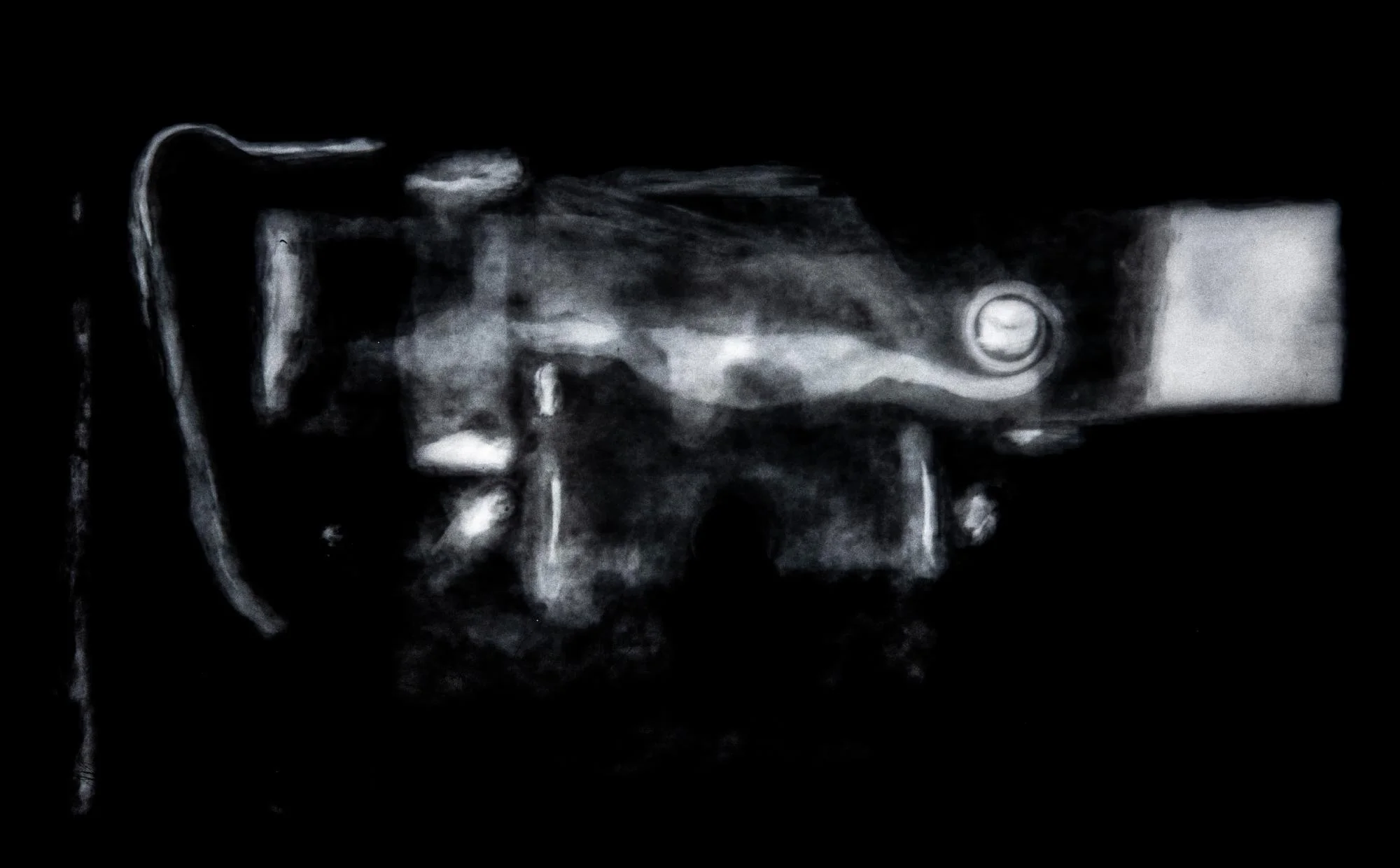
 All Other Artifacts
All Other Artifacts